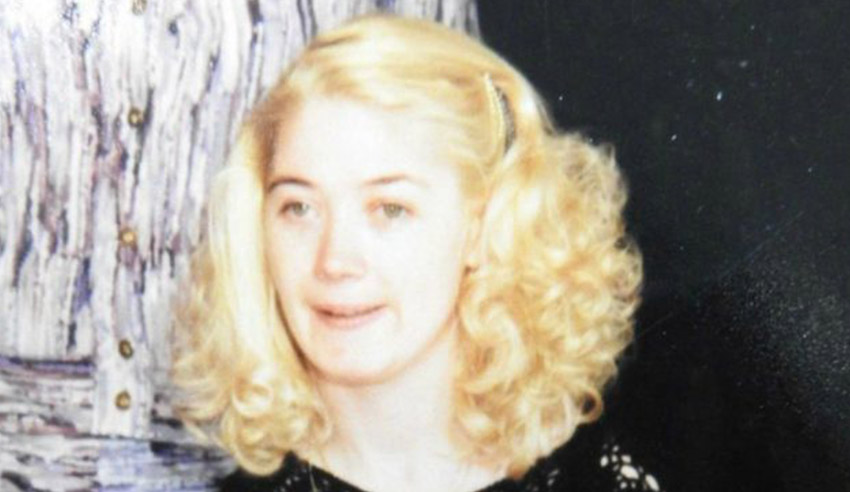The tragic death of Ann Marie Smith has highlighted significant gaps in the legal framework designed to protect people with disabilities.

An urgent review prompted by the death of Ms Smith has found the National Disability Insurance Scheme (NDIS) needs to get better at identifying vulnerable care recipients and improve the supervision of in-home workers.
The Law Society of South Australia has written to the Safeguarding Task Force – established by the state government – outlining some of the existing shortcomings in the system and suggesting reforms to reduce the risk of people with disability experiencing violence, abuse, neglect and exploitation.
The society has also written to The Honourable Nat Cook MP, suggesting necessary changes to the MP’s proposed Community Visitor Scheme legislation, which the society supports in principle.
Law Society president Tim White said there are currently federal and state laws designed to protect people with disability from violence, abuse, neglect and exploitation, but the current regimes have significant gaps, in part due to the way the state and federal jurisdictions interact.
“Those gaps can have grave consequences for the safety of people with disability in the community,” he said.
“In SA, there is currently no specific legislative framework to protect people with disability living in the community who experience violence, abuse, neglect or exploitation, beyond first responders such as child protection and SA Police.
“However, the proposed implementation of a Community Visitor Scheme with appropriate safeguards, in conjunction with the existing Adult Safeguarding Scheme being utilised to its full potential, would go a significant way to providing a legal safety net and addressing some of these gaps.”
Ms Smith, who was 54 years old, had cerebral palsy and had NDIS funding for six hours of care a day.
Once the investigation into her death was made public in April, the state government launched the Safeguarding Task Force to investigate potential failings in the disability care system.
It has now handed the South Australia government an interim report, which has identified 12 gaps in the system and made five recommendations.
Eight of the gaps the taskforce found were within the federally run NDIS, while four were within state government services.
They included the need to better identify vulnerable people, ensure they have community connections and have regular health checks.
Changes to the Community Visitor Scheme
According to the Law Society, since the transition from state-funded disability services to the NDIS, South Australia’s current community visitor scheme has become largely ineffectual as it is only applicable to state-funded disability accommodation premises, of which there are now very few.
Under changes to the scheme proposed by the Disability Inclusion (Community Visitor Scheme) Amendment Bill, a community visitor would have the power to visit and inspect a disability accommodation premises as well as a person’s private home if they were receiving supported independent living assistance from a disability service provider.
The visitor would have an obligation to report any matters of concern to the minister and also act as an advocate on behalf of people with disability.
“While the [society] supports the functions and powers of a community visitor under the proposed scheme, it is imperative that there are appropriate safeguards to protect the privacy of people with disability, particularly with regards to visits to private residences,” Mr White said.
“The [scheme] should also allow a bystander to alert a community visitor to premises where there is concern over a person’s treatment. Under the bill, a community visitor can only carry out a visit if the resident themselves makes a request, or by an ‘authorised’ person with the consent of the resident.
“Clearly, in the shocking case of Ms Smith, her total isolation from the outside world meant that she, nor an authorised person, would have been able to make a request for a visit.
“The [society] suggests that [bystanders], such as neighbours, should also have the ability to raise concern with the Community Visitor Scheme. In matters where a vulnerable person is cut off from the outside world, sometimes it is only neighbours or passers-by who may suspect any wrongdoing.”